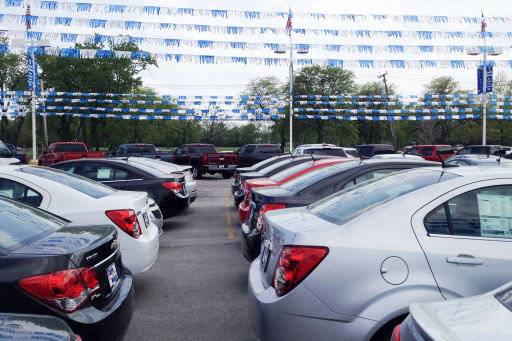Pros and Cons of Buying a CPO Vehicle


Certified pre-owned vehicles are touted as the best used cars — off-lease or late-model vehicles that received plenty of TLC from the previous owner and didn’t need major repairs or reconditioning to restore them to showroom condition. But despite their like-new appearance and all the promises, CPO vehicles may be no better than other used cars in some regards.
Related: The Basics of Buying a CPO Vehicle
Here are some pros and cons to buying a CPO vehicle:
Pros
- They come with warranty coverage and benefits, such as roadside assistance, that make buying the used car almost like buying a new car and provide greater peace of mind than a non-CPO vehicle.
- The dealer has certified that a multipoint inspection was performed and repairs were made where needed.
- They come with free vehicle history reports.
- Some pre-owned vehicles include buyback protection if the buyer later discovers the car had flood, fire damage or a rolled-back odometer.
- There are important issues to consider when thinking about a certified pre-owned car. Foremost is that they typically cost more than other used non-certified cars. At the least, the dealer will want to recover the CPO fee they pay to the manufacturer on such a car — which can range from a few hundred dollars to more than $1,000 — on top of their normal profit on a used car. CPO sales have been running at record levels for a few years, so high demand has allowed dealers to charge much more for these CPO cars.
Cons
- Vehicle history reports don’t include all accidents, and you may have no clue how a used CPO car was treated by the previous owner or whether they ever changed the oil.
- As with other used cars, some CPO program vehicles previously were road warriors for daily rental fleets (this will show on a history report). That means these pre-owned fleet vehicles had hundreds of different drivers, some of whom did not care how they treated the engine or suspension. Be on the lookout.
- A 150-point CPO checklist doesn’t guarantee the dealer did anything more than look — or that an inspection was performed. Although a vehicle history report may list repairs done by the dealer, many note only that the car was detailed and given fresh oil.
- Most late-model used vehicles probably still have their original battery, tires, and brake pads and rotors. This includes CPO vehicles. These typically are classified as “wear items” that aren’t covered by the CPO warranty and may be nearing the end of their useful life. Replacing them most likely will come out of your pocket.
- You don’t have to buy a CPO car to get a well-maintained used car. Most used vehicles fewer than 4 years old are in good shape, not just CPO vehicles. That’s because most drivers don’t abuse the vehicles they own or lease. Moreover, the only maintenance usually required during the first few years are oil changes, tire rotations and replacing engine and cabin air filters, so few late-model non-certified pre-owned vehicles are likely to be beaters.
- Many non-CPO, late-model used cars still have time and mileage remaining on the original basic and powertrain warranties that can be transferred to a second owner. It may even include roadside and towing assistance. Most late-model used vehicles also are eligible for a free third-party satellite radio trial.
Cars.com’s Editorial department is your source for automotive news and reviews. In line with Cars.com’s long-standing ethics policy, editors and reviewers don’t accept gifts or free trips from automakers. The Editorial department is independent of Cars.com’s advertising, sales and sponsored content departments.

Contributor Rick Popely has covered the auto industry for decades and hosts a weekly online radio show on TalkZone.com.
Featured stories




